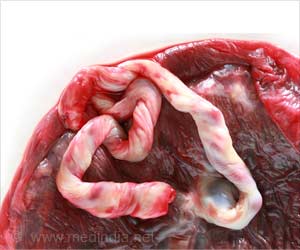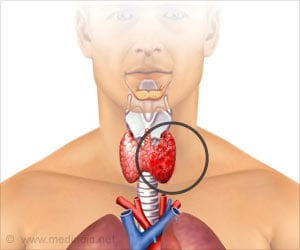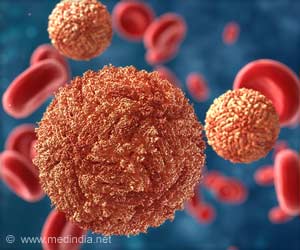A novel biological pathway, the OGF-OGFr axis, can be modulated in human triple-negative breast cancer cells to inhibit proliferation, discover researchers.
A novel biological pathway, the OGF-OGFr axis, can be modulated in human triple-negative breast cancer cells to inhibit proliferation, discover researchers at The Pennsylvania State University College of Medicine, led by Dr. Ian S. Zagon. According to BreastCancer.org 1 in 8 women in the U.S. will develop invasive breast cancer and more than 39,000 deaths occur annually. Approximately 15 to 20% of all breast cancers are designated as triple-negative meaning that the cancer cells lack estrogen and progesterone receptors, and do not overexpress human epidermal growth factor receptor (HER-2), thereby limiting responsiveness to approved therapy.
In the June 2013 issue of
Experimental Biology and Medicine, Zagon and colleagues demonstrate that exposure of human breast cancer cell lines to OGF in vitro repressed growth within 24 hr in a receptor-mediated and reversible manner. Treatment with low dosages of the opioid antagonist naltrexone (LDN) provoked a compensatory elevation in endogenous opioids (i.e., OGF) and receptors that interact for 18-20 hr daily following receptor blockade to elicit a robust inhibition of cell proliferation. Because OGF is an endogenous neuropeptide, there are minimal or no side effects. The mechanism of action for OGF is upregulation of the p21 cyclin-dependent inhibitory kinase pathway that delays passage through the cell cycle. OGF also confers some level of protection against paclitaxel treatment, a standard breast cancer therapy. A dosage of 10-8 M paclitaxel given alone caused marked apoptosis, but resulted in 60% less cell death when given in the presence of OGF. In patients, paclitaxel often is accompanied by side effects that reduce compliance.
This discovery provides preclinical evidence for a novel, safe, and effective therapy for breast cancer patients, especially for those with limited therapeutic approaches other than surgery. "What is exciting about our findings", said Dr. Zagon, senior author and Distinguished University Professor, "is that women with triple-negative breast cancer have few options because their tumors lack the necessary hormonal receptors. Data from these studies open new doors for treatment of this population of women." Moreover, the OGF-OGFr axis is present in all types of breast cancer cells suggesting that this pathway provides additional avenues for treatment of this commonly diagnosed cancer.
Dr. Steven R. Goodman, Editor-in-Chief of
Experimental Biology and Medicine, said "Zagon and colleagues have extended their 3 decade-long research on the OGF-OGFr axis to another aggressive cancer, and show that the biotherapy OGF (or LDN to stimulate OGF) is an effective alternative for treatment of breast cancer".
Source-Eurekalert
















